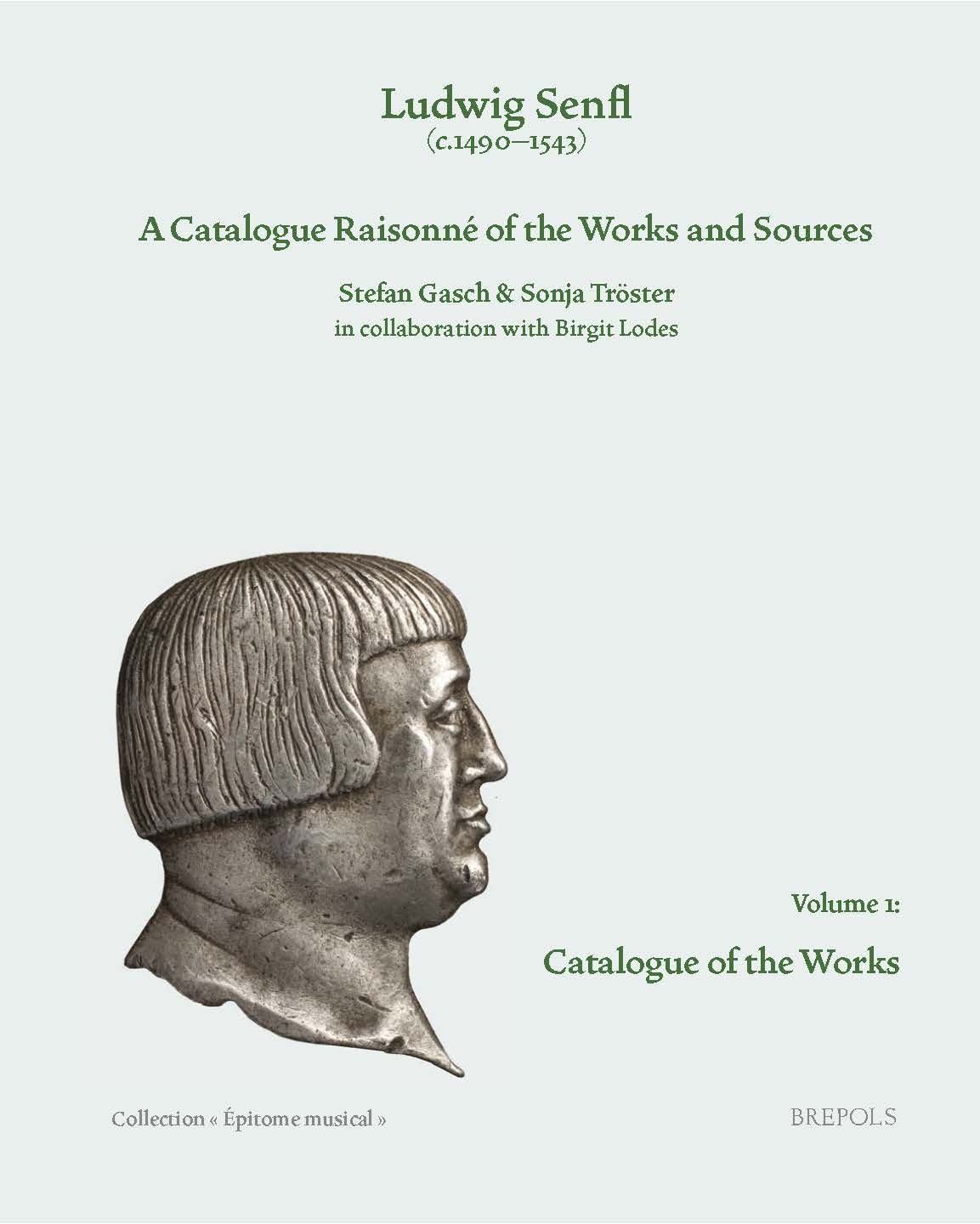Ludwig Senfl (c.1490–1543): A Catalogue Raisonné of the Works and Sources. Vol. 1: Catalogue of the Works
 Sonja Tröster, Stefan Gasch, Birgit Lodes (éd.)
Sonja Tröster, Stefan Gasch, Birgit Lodes (éd.) « Epitome musical » 2019
Brepols.net
Until now, scholars have had an inadequate picture of the scope and transmission of the œuvre of Ludwig Senfl (c.1490–1543), one of the most important Renaissance composers of the German-speaking lands. The current publication presents an extraordinary and exceptionally comprehensive catalogue raisonné for this Renaissance composer. Volume 1 of the two-volume set forms the catalogue of works (including lost and misattributed compositions). It is organized according to genre and provides a thorough description of every composition. Each entry includes a musical incipit, comments on the musical structure, and comprehensive information concerning the transmission and the authenticity of the composition in addition to many other details. In its layout, structure, and critical approach to Senfl’s music, this volume enables far-reaching research into the composer’s style as well as a detailed characterisation of his œuvre, and thus it provides clues towards a long-desired chronology of the composer’s works.
The Senfl Catalogue serves as an encyclopaedic research tool for further scholarly investigation: it not only presents a lively and coherent picture of Senfl’s œuvre, but also helps to explore the broader musical culture of his time. At the same time, the in-depth presentation and analysis of Senfl’s music provides Early Music performers with new information on repertory that adds to the soundscape of the Renaissance.
